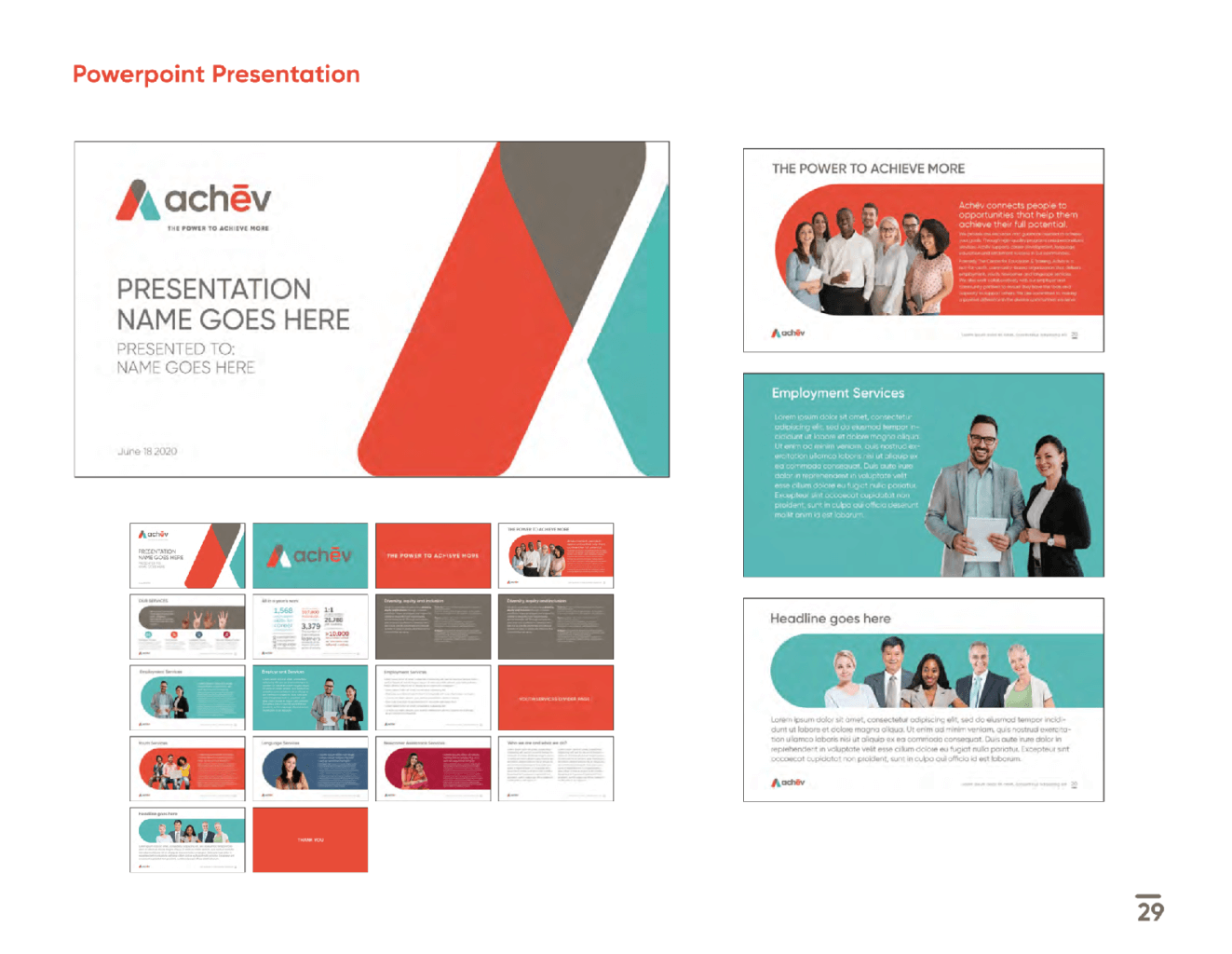In the digital world, you have less time to form a lasting brand impression on a potential customer than it takes to blink. On average, a customer will form an impression about your brand in about 50 milliseconds. This makes having a good website design more than just a nice to have but an imperative. With so little time, how can your brand captivate the customer?
The Blink Factor depicts this exact principle. Making a purchase is an emotional decision, the goal of every design shouldn’t just be to attract the eye but to evoke an emotional response. In this blog, we’ll explore the science behind first impressions and their effect on consumer behavior, how this applies to website design, and how the Blink Factor can create lasting bonds between your brand and customers.
The Science Behind First Impressions And Its Effects On Consumer Behavior
While most people would like to think that their buying decisions such as choosing a product based on best price are purely rational, science would indicate that this isn’t the case. Psychologist Daniel Kahneman states in his 2011 book “Thinking Fast and Slow” that our mind combines two systems and that the intuitive system relies on emotions to make quick decisions.
We have seen this reasoning used in the advertising industry to target consumers and drive sales. According to the University of Southern California, emotional response to advertisements has more influence on spending choices than the actual content. The study shows that behavior is directly influenced by emotional decision-making and split-second decisions. Additionally, in the book entitled “Thinking Fast and Slow” author and journalist Malcolm Gladwell coins the term,”thin-slicing“, a concept that suggests that individuals frequently make quick decisions based on limited information, allowing them to make reasonably accurate judgments quickly.
Applying The Blink Factor To Website Design
With the length of the average web visit dwindling, brands have a shortened amount of time to not only grab the attention of their consumers but maintain it. An important but often overlooked way to do so is by creating an impactful landing page. We will take a look at some examples of web pages that have successfully incorporated the Blink Factor into their design.
Petro-Canada Caremakers Foundation
When the Petro-Canada CareMakers team initially sought a webpage design, one of their top priorities was connecting and resonating emotionally with their target audience. As a non-profit charitable organization, their biggest need was a design that captured the essence of their work to help get donations and spread the word on an issue that is often overlooked in Canada.
Image Source: SLD
The redesigned website differentiated the charity as a champion of the cause while ensuring that Canadian caregivers were at the forefront of the mission. Impactful landing page imagery, strong, emotional copywriting, and calls to action gave the CareMakers team a powerful tool to drive traffic and spread awareness. Coupled with their new and improved content section, the new logo, and brand standards, the website design spoke to the intended audience with a strong, cohesive branded message that utilized the Blink Factor to emotionally captivate website visitors.
M&M Food Market
M&M Food Market faced a major challenge: inconsistency in its consumer-facing branded products. This issue spanned everything from in-store items to the website, which lacked clear differentiation. To address this, the brand implemented a color-coding system. By color-coding products based on occasion such as dessert or meal, they created a clear, distinctive way to categorize their offerings.
Image Source: SLD
The website was redesigned to reflect the updated branding, incorporating colors that matched the updated packaging. This enhanced brand consistency, delivering a clean, user-friendly design with enticing food imagery that encouraged customers to return. A central element of M&M Food Market’s strategy was its unique color-coded system, designed to catch the eye not only in-store but also online, ensuring a cohesive and engaging experience across all platforms.
ACHĒV


Image Source: SLD
Achēv, formerly named the Centre for Education and Training wanted a big impact across all their channels. The new name helped set the groundwork for a compelling logo and tagline. The modernized assets helped to attract attention to the website with eye-popping colors and visuals. Overall, the improved brand architecture helps reinforce consistent messaging across the website and effectively communicates their “the power to achieve more” tagline.
Conclusion
While design is sometimes overshadowed by other priorities during development, strategic website design is as fundamental to a business’s success as any other element. Features like impactful landing pages, engaging copy, intuitive navigation, and consistent brand messaging are key considerations. Incorporating the Blink Factor into your website design ensures your brand quickly and emotionally resonates with your audience and leaves impression that sticks.

